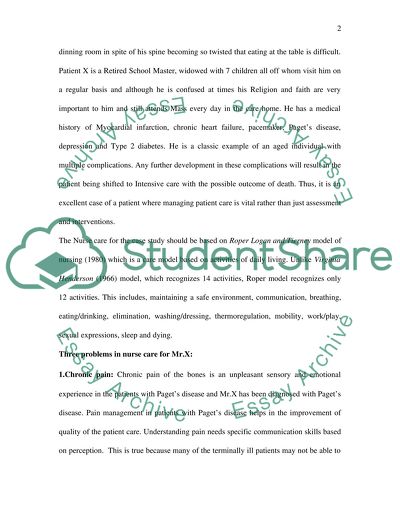Cite this document
(“The Nursing profession Essay Example | Topics and Well Written Essays - 2500 words”, n.d.)
Retrieved from https://studentshare.org/miscellaneous/1530939-the-nursing-profession
Retrieved from https://studentshare.org/miscellaneous/1530939-the-nursing-profession
(The Nursing Profession Essay Example | Topics and Well Written Essays - 2500 Words)
https://studentshare.org/miscellaneous/1530939-the-nursing-profession.
https://studentshare.org/miscellaneous/1530939-the-nursing-profession.
“The Nursing Profession Essay Example | Topics and Well Written Essays - 2500 Words”, n.d. https://studentshare.org/miscellaneous/1530939-the-nursing-profession.


